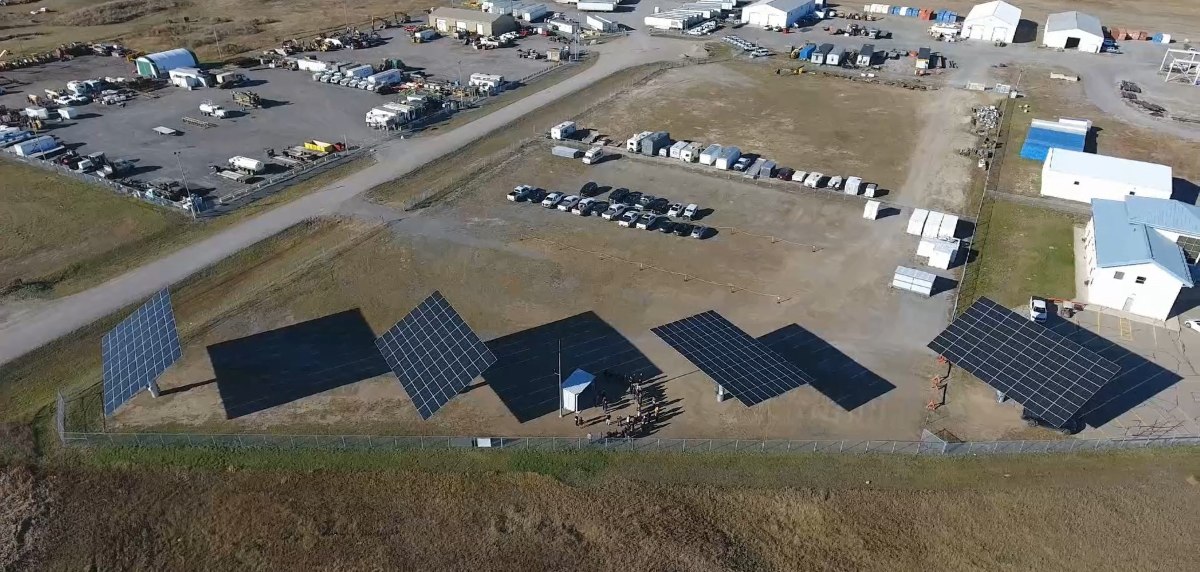Solar needs 4x more jobs to hit U.S. energy goals and more stats from Solar Jobs Census

The U.S. solar industry employed 231,474 workers in 2020, a 6.7% drop from 2019 due to pandemic restrictions and increased labor productivity, according to the National Solar Jobs Census 2020 released by the Solar Energy Industries Association (SEIA), The Solar Foundation, the Interstate Renewable Energy Council (IREC), and BW Research. The drop in jobs was largely split evenly among states (check out this cool map) as many companies have not yet reached pre-pandemic employment levels.
“Even as the pandemic brought unprecedented challenges, the 11th annual Solar Jobs Census shows the solar industry continues to create hundreds of thousands of high-quality jobs for men and women of all education levels and backgrounds,” said Larry Sherwood, Administrator of The Solar Foundation and President and CEO of IREC.
Job quality and productivity
Labor productivity increased in all three market segments:
- up 19% in the residential sector,
- 2% in the non-residential sector and
- 32% in the utility-scale sector.
Less labor-intensive utility-scale installations contributed to a record amount of solar capacity added in 2020. However, the pandemic took a toll on residential jobs in the summer, and those jobs did not fully recover by the end of the year.
Installation and construction-related employment continued to be the largest segment in the industry, representing 67% of all jobs. Of all installation jobs:
- 55% were residential;
- 18% were commercial;
- 8% community solar and
- 19% were utility-scale.
Importantly, workers in manufacturing jobs represented 14% of all American industry employment, while sales and distribution and operations and maintenance represented 11% and 4% of all jobs, respectively. The ‘other’ category, comprised of workers in fields like finance, legal, research, advocacy and communications, makes up 4% of all U.S. solar workers.
And we need a lot more
The new figures come as lawmakers debate infrastructure spending that could boost the solar workforce with hundreds of thousands of jobs over the next decade. SEIA analysis shows that the solar industry will need to reach more than 900,000 workers to reach President Biden’s 2035 clean energy target. SEIA is advocating for policies that will grow clean energy deployment and lay the groundwork to hire and train those workers.
“The solar industry continues to support hundreds of thousands of jobs across all 50 states, and even during a pandemic, our companies largely were able to keep workers on the job,” said Abigail Ross Hopper, president and CEO of SEIA. “We now have an opportunity to quadruple our workforce, adding diversity and supporting underserved communities by taking policy steps that incentivize solar and storage deployment and provide long-term certainty for solar businesses.”
Unions and diversity
Notably, the report shows that the U.S. solar industry has a unionization rate of 10.3%, which is substantially more than previously estimated and comparable to the economy-wide rate.
The report also shows an increase in solar workforce diversity across nearly every demographic category, including workers identifying as “female,” which now represent 30% of the solar workforce. Representation among women and minority demographic groups has improved significantly since 2015, including a 39% increase for women, 92% increase for Hispanic or Latino workers, 18% increase for Asian American and Pacific Islander workers, and a 73% increase for Black or African American workers.
The solar industry also continues to outpace the rest of the economy in its employment of veterans, which represent 8.7% of the solar workforce, compared to 5.7% in the overall economy.
Solar occupations earn wages comparable to or better than those same occupation types in other industries. For example, wages for solar workers continue to beat other industry averages, when comparing pay for positions such as construction managers, electricians and installers.





Comments are closed here.